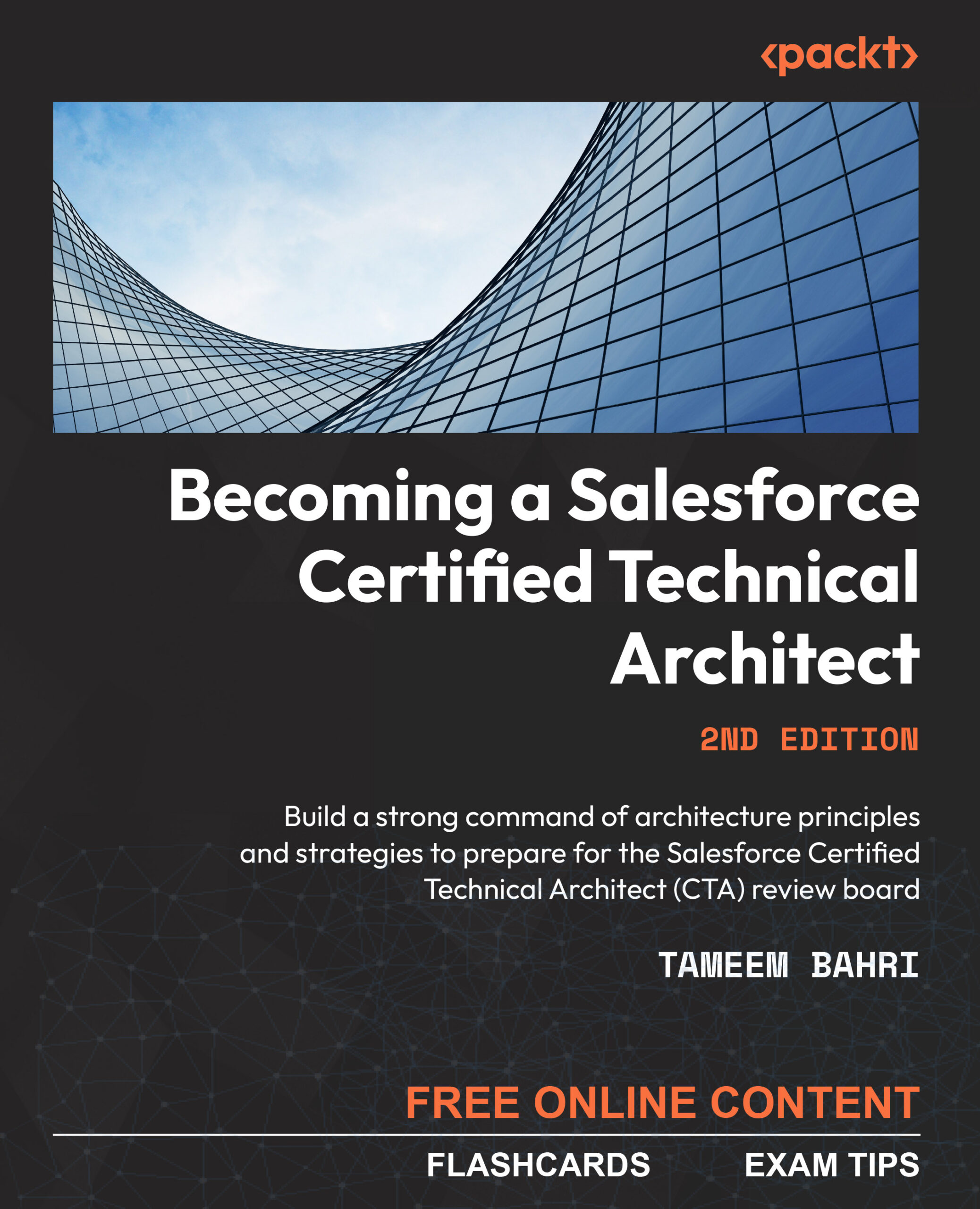Exam Tips (6/6)
CTA Board—Q&A Phase
54. Always remember that the Q&A is not for defending your solution, but it is an opportunity for you to explain your solution and convince the judges.
55. Focus on presenting your thought process during the Q&A rather than facts. One of the purposes of the Q&A is to understand your thinking and how you have arrived at the solution.
56. During the Q&A, there is no harm in accepting that you do not know. Do not pretend if you do not know an answer and cannot identify an alternative solution. Acknowledge it and move on to the next question.
57. Always answer after taking a 5- to 10-second pause. This will help you understand the question, reconcile your thoughts, and, most importantly, ensure that the judges have completed the question. You need to understand that the judges are also multi-tasking, and they can be slow.
58. Do not be afraid of clarifying the question. Ask politely if you are not clear on what is being asked. For instance, “can you please point me toward the requirement in the solution document?”
59. If a judge changes/invalidates your assumption, do not argue. Take a pause, evaluate what they have said, and answer the question.
60. When addressing a question, it is crucial to consider various perspectives. An effective approach to assess the impact of your response is to mentally visualize how it influences your artifacts. Begin the analysis from Slide 1 and progress to Slide n, ensuring that your evaluation comprehensively covers all relevant aspects.
